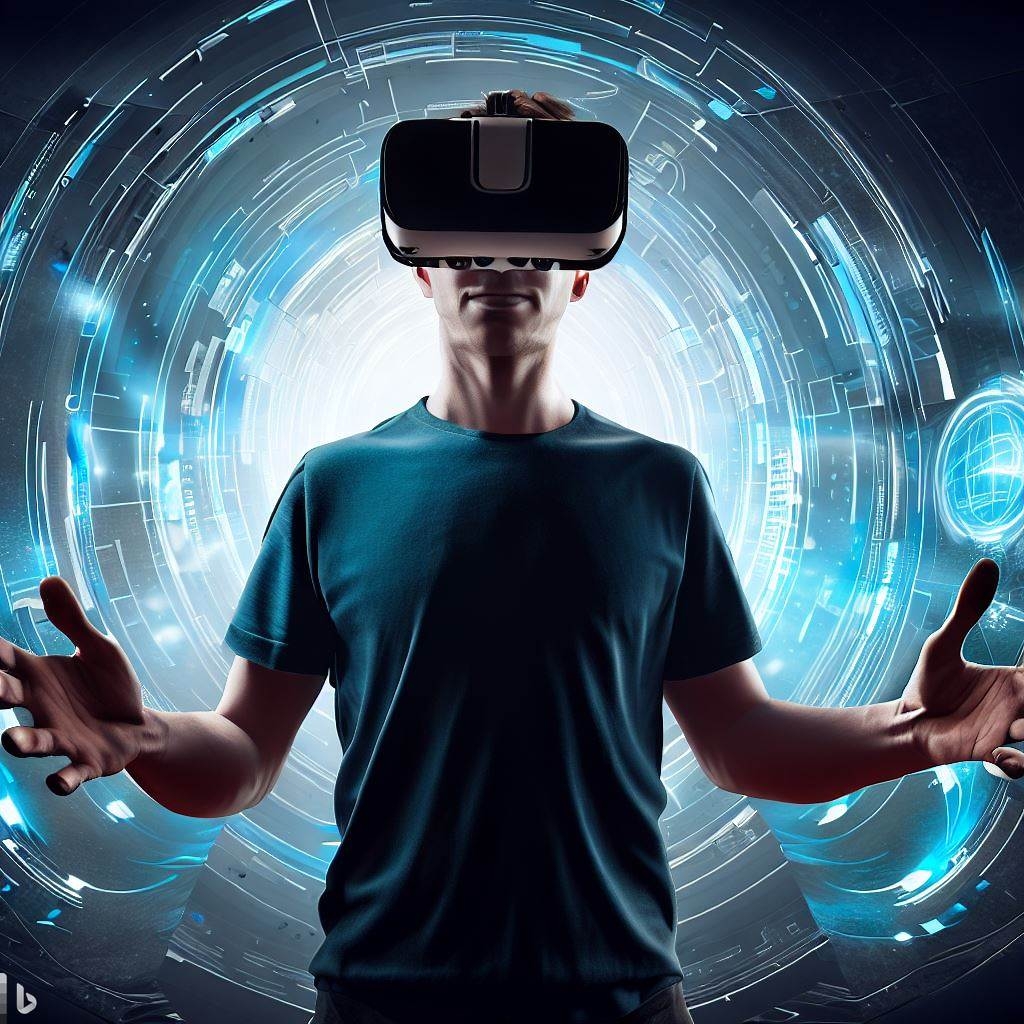SteamVR: The Ultimate Guide to Developing Immersive Virtual Reality Experiences

Virtual reality (VR) has transformed the way we interact with digital content, and SteamVR is at the forefront of this revolution. As a powerful platform for VR development, SteamVR provides developers with the tools and resources needed to create immersive and captivating virtual reality experiences. In this ultimate guide, we will explore the world of SteamVR and provide you with step-by-step instructions to develop your own immersive VR applications.
Section 1: Understanding SteamVR
- Introduction to SteamVR: Get acquainted with SteamVR, its role in the VR ecosystem, and why it is a popular choice for VR development.
- Key Features: Explore the robust features of SteamVR, including room-scale tracking, motion controllers, and seamless integration with the Steam platform.
- Compatible Devices: Discover the wide range of VR devices that are compatible with SteamVR, such as HTC Vive, Valve Index, and Windows Mixed Reality headsets.
Section 2: Setting Up Your Development Environment
- SteamVR Installation: Step-by-step instructions to install SteamVR and set up your development environment.
- Hardware Requirements: Learn about the hardware requirements for developing with SteamVR and ensure your system meets the specifications.
- Device Setup: Walkthrough the process of setting up your VR devices and configuring them for SteamVR.
Section 3: SteamVR Development Basics
- SteamVR SDK: Understand the fundamentals of the SteamVR SDK and its components, including the rendering pipeline, input system, and locomotion techniques.
- VR Interaction: Explore different interaction methods, such as hand tracking, teleportation, and object manipulation, and learn how to implement them using SteamVR.
- Scene Creation: Dive into the process of creating immersive VR scenes, including 3D modeling, texturing, lighting, and audio integration.
Section 4: Building Your First VR Application with SteamVR
- Project Setup: Set up a new VR project in your preferred development environment, such as Unity or Unreal Engine, and configure it for SteamVR.
- Implementing Interactions: Learn how to code interactions with VR objects and create intuitive user interfaces using SteamVR’s input system.
- Optimization Techniques: Discover tips and tricks for optimizing your VR application’s performance, ensuring a smooth and immersive experience for users.
Section 5: Testing and Deployment
- Testing Your VR Application: Learn how to test and debug your VR application in SteamVR to identify and fix any issues or errors.
- Deployment and Distribution: Understand the process of packaging your VR application for distribution on the Steam platform, reaching a wide audience of VR enthusiasts.
Conclusion: SteamVR is a game-changer in the world of virtual reality development, empowering developers to create immersive and unforgettable VR experiences. This ultimate guide has provided you with a comprehensive understanding of SteamVR, from its key features to the development process. Armed with this knowledge, you can embark on your journey to create compelling VR applications that transport users to new and exciting virtual worlds. Embrace the potential of SteamVR and let your creativity shine as you bring your VR ideas to life.





